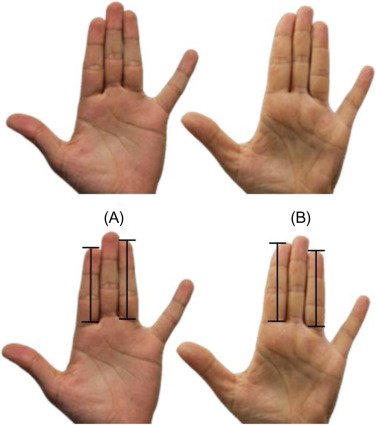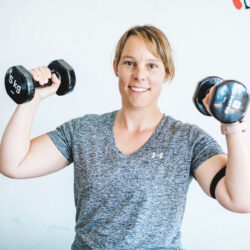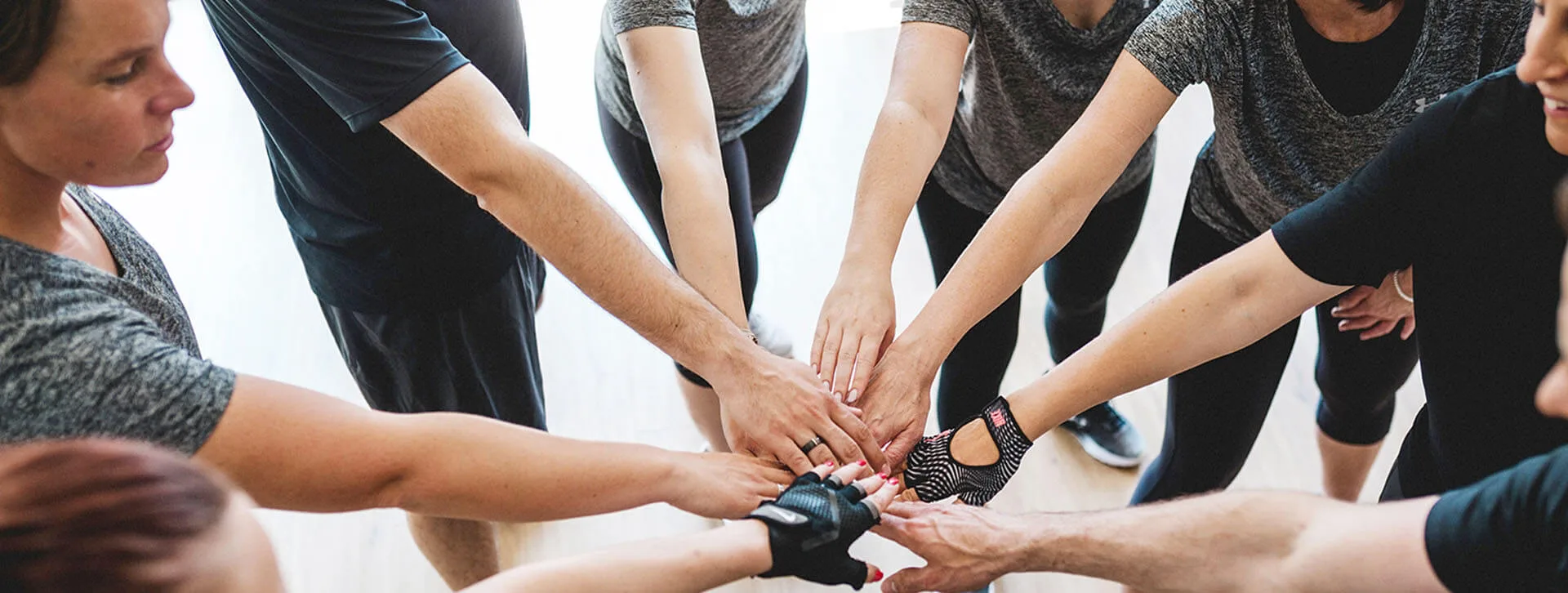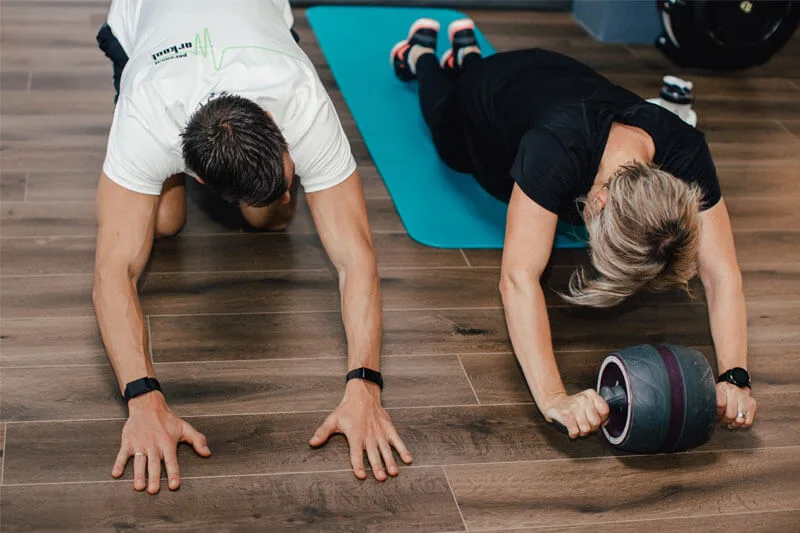What your ring finger and birth weight tell you about your training potential
You may have read somewhere that your fingers, wrist circumference or birth weight can be used to determine your potential for athletic performance or how much muscle you can build. In this blog post, we look at the scientific basis for such statements and see where there are correlations and how statistically relevant they are. Enjoy!
Birth Weight
Various studies (see sources) show that a higher birth weight correlates positively with more muscle strength, a higher percentage of muscle and a lower body fat percentage, whereas a lower birth weight is more likely to lead to diabetes, cardiovascular disease or other chronic illnesses. On the other hand, the risk of hormone-related cancers is said to be lower if the birth weight is lower.
According to the scientists in the studies, possible reasons for this are that the number of muscle fibers or fat cells no longer changes after birth. For example, an increase in the proportion of fat is almost exclusively due to an increase in the size of the cells and not their multiplication. Furthermore, a lower birth weight indicates a lower prenatal androgen level (see also the next chapter), which in turn can mean a higher risk of diabetes, partly due to the lower muscle mass. Thus, the above factors appear to influence
each other.
Nevertheless, socio-economic criteria also have an influence. In addition, the study results could also have been influenced by regional circumstances. For example, one study was only carried out with test subjects from Hong Kong.
Another study compared the duration of breastfeeding with birth weight and found no correlation in this respect, but birth weight and physical performance (measured in various tests) correlated positively. A higher birth weight also led to greater grip strength.
Index- to Ring Finger-Ratio
The 2D:4D ratio was first made public by John Manning in 1998. Since then, the ratio of index finger to ring finger length has received a lot of attention and over 1400 papers have been written on the subject.

As already explained for birth weight, it is intended to reflect the prenatal testosterone (an androgen) to which the child was exposed. The smaller the number (i.e. the larger the ring finger in relation to the index finger), the more testosterone the child is said to have been exposed to. This is said to lead to various predictable characteristics:
- Better athleticism and more successful in sports
- Higher assertiveness and greater aggressiveness
- More susceptible to ADHD, Tourette’s syndrome, autism, migraines or
- gambling addiction
- Men: more frequent partner changes and more children
- Women: more likely to be homosexual
However, scientists disagree about the significance of this. One reason given is the non-standardized method of measuring the fingers. In addition, the ratio of the two fingers of the left and right hand is never exactly the same. So which hand should be used as a reference?
Another important reason is again the fact that such characteristics are not only influenced by testosterone in the womb. Sciencedirect.com website cited above states:
«The 2D:4D ratio is not a robust marker of prenatal androgen exposure. It is also of note
that there is a multitude of factors influencing bone growth prenatally. Recent endocrine insights are that estrogens (derived from androgens) are probably more significant than androgens themselves in bone development of men (Vanderschueren et al., 2004)…
…Manning et al. (2004) have shown that 2D:4D ratios vary greatly between different ethnic groups.»
Wrist circumference
Christian Thibaudeau quotes Jeff Cavaliere in a post on T-Nation, who gives the following as a guideline for the arm circumference of an average person with a 6% body fat percentage:
25.4 cm plus wrist circumference
So the circumference of the wrist should allow a prediction of the maximum arm circumference. This seems logical insofar as people with a thicker bone structure generally appear to be taller and wider.
Unfortunately, no scientific studies on wrist circumference and muscle building potential can be found.
Conclusion
There are many studies that have found a positive correlation between birth weight and athletic performance or higher muscle mass and lower fat percentage, or the potential to do so.
The index finger to ring finger ratio is more controversial. Although many scientists assume that there is a definite connection between this ratio and the child’s exposure to prenatal testosterone levels, the conclusions drawn from this about the many physical and psychological characteristics are controversial and hardly monocausal.
Statements on hand or ankle circumference and the potential for muscle growth are uncertain.
If you would like to read more about figures relating to height, weight and maximum possible muscle growth, I recommend the following blog post «How much muscle mass can i build without steroids or other aids.»
SOURCES
- https://www.thelancet.com/journals/lancet/article/PIIS0140-6736(21)01688-3/abstract
- https://www.who.int/news-room/fact-sheets/detail/hypertension
- https://www.nature.com/articles/s41598-024-68751-7
- https://pubmed.ncbi.nlm.nih.gov/36407459/
- https://www.escardio.org/Journals/E-Journal-of-Cardiology-Practice/Volume-22/salt-and-hypertension-current-views
- https://www.ncbi.nlm.nih.gov/pmc/articles/PMC8811286/
- https://www.ahajournals.org/doi/10.1161/CIR.0000000000001146
- https://www.ncbi.nlm.nih.gov/pmc/articles/PMC9319619/
- https://www.nature.com/articles/s41581-022-00654-0
- https://www.ahajournals.org/doi/10.1161/HYPERTENSIONAHA.121.17209
- https://www.ncbi.nlm.nih.gov/pmc/articles/PMC10815916/
- https://www.mayoclinic.org/healthy-lifestyle/nutrition-and-healthy-eating/in-depth/dash-diet/art-20048456
Challenge of the Month
What Clients Say





















